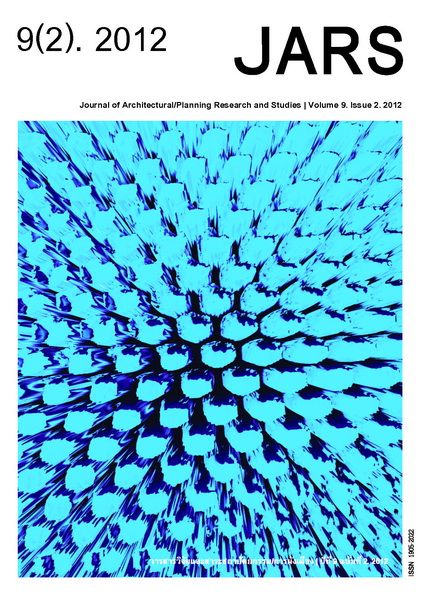Bangkok’s Green Infrastructure
Main Article Content
Abstract
Infrastructure is the basic foundation of all civilized urban settlements around the world, reflected in each city’s lifestyle and quality of life. Infrastructure is organized around utilities and facilities that connect every part of the city together. Typical infrastructure includes roads, water supply, sewers, power, telecommunications, etc. A city’s urban infrastructure system is much more complex in terms of the many levels of developments underneath the ground, on the ground, and up in the air to facilitate transportation and communication. Multi-functional areas serve people’s needs at the same time. Green infrastructure is an interconnected green space network that is planned and managed for its natural resource values and is related to urban ecology. Bangkok has green infrastructure that we need to protect in the long term. With the growth of a fast expanding city like Bangkok, we seem to have forgotten our cultural and historic way of living in a city once well-known as the “Venice of the East”. Nowadays, our canals have been replaced by roads and boats have been replaced by cars. The city has been developing so fast, without any planning on the use of green infrastructure. Bangkok’s green infrastructure could be an integrated network of green spaces for our sustainable future.
Downloads
Article Details

This work is licensed under a Creative Commons Attribution-NonCommercial-NoDerivatives 4.0 International License.
All material is licensed under the terms of the Creative Commons Attribution 4.0 International (CC-BY-NC-ND 4.0) License, unless otherwise stated. As such, authors are free to share, copy, and redistribute the material in any medium or format. The authors must give appropriate credit, provide a link to the license, and indicate if changes were made. The authors may do so in any reasonable manner, but not in any way that suggests the licensor endorses you or your use. The authors may not use the material for commercial purposes. If the authors remix, transform, or build upon the material, they may not distribute the modified material, unless permission is obtained from JARS. Final, accepted versions of the paper may be posted on third party repositories, provided appropriate acknowledgement to the original source is clearly noted.
References
Bangkok Mass Transit Authority. (2008). The system map of Bangkok rail transit network. Retrieved June 28, 2011, from http://www.bangkoktravelclub.com/bangkok-info/bangkok-mass-transit-authority.html.
Benedict, M. A., & McMahon, E. T. (2006). Green infrastructure: Linking landscapes and communities. Washington DC: The Conservation Fund, Island Press.
Benedict, M. A., & McMahon, E. T. (2002). Green infrastructure: Smart conservation for 21st century. Washington DC: The Conservation Fund and Sprawl Watch Clearinghouse Monograph Series.
City Population. (2010). Retrieved March 28, 2011, from http://www.citypopulation.de/cities.html.
Landscape Institute. (2009). Green infrastructure: Connected and multifunctional landscapes. Retrieved April 20, 2011, from http://landscapeinstitute.org/.
Open Space Index. (2008). New Yorkers for parks. The Arthur Ross center for parks and open spaces. Retrieved June 28, 2011, from http://www.ny4p.org/.
PlaNYC & New York City Department of Environmental Protection’s [DEP’s]. (2010). NYC Green infrastructure plan: A sustainable strategy for clean waterways. Retrieved April 29, 2011, from http://www.nyc.gov/html/dep/html/stormwater/nyc_green_infrastructure_plan.shtml.
Phongspul, S. (2011). แนวทางการเพิ่มพื้นที่สีเขียวในกรุงเทพมหานคร [Bangkok green area criteria]. Bangkok, Thailand: Bangkok Metropolitan Administrator, Department of City Planning (BMA-DCP). Retrieved July 17, 2011, from http://www.bma-cpd.go.th/files/admin/greenareacriteria.pdf.
Royal Thai Survey Department. (1984). Maps of Bangkok, A. D. 1888-1931. Bangkok, Thailand: Supreme Command Headquarters.
The Conservation Fund. (2011). Green infrastructure. Retrieved May 16, 2011, from http://www.greeninfrastructure.net/.
Williamson, K. S. (2003). Growing with green infrastructure, heritage conservancy. Retrieved June 26, 2010, from http://www.heritageconservancy.org/.


